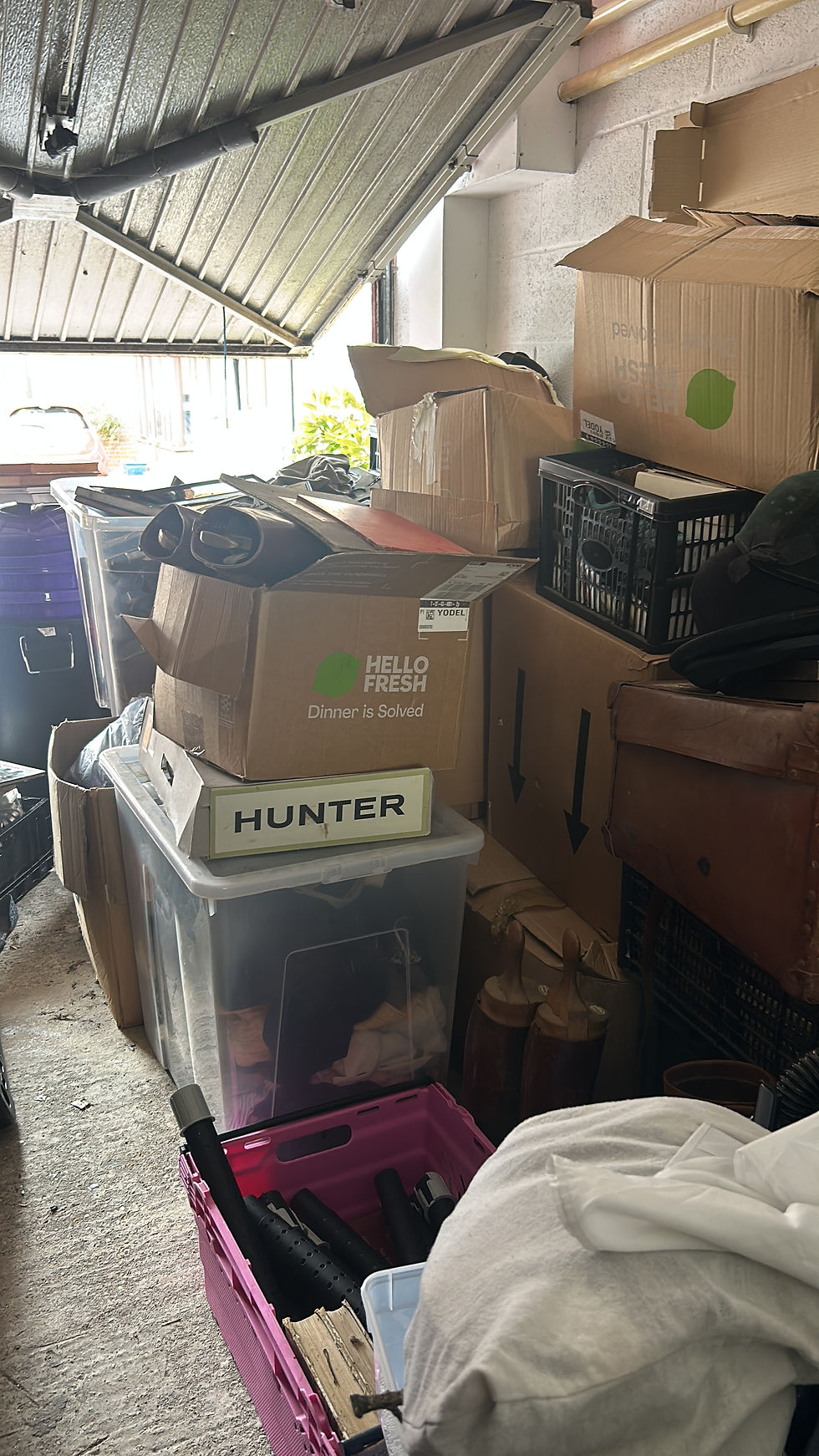
When Growth Feels Like Regression
- Ellie
- Aug 14
- 4 min read
We love growth. We love progress. We love seeing the hard work pay off — those little wins that show we’re moving forward.
It’s addictive — ticking boxes, hitting streaks, collecting before-and-after moments. We feed on that sense of movement in the direction we want. It’s proof our effort matters.
But here’s the part no one tells you:
What happens when it feels like you’re going backwards?
Please provide the text that requires spaces to be added, and I will assist you in correcting it.
The Myth of the Straight Line
We’re sold this picture of growth like it’s a ladder:
Step up.
Step up again.
Keep going until you “arrive.”
Achieve XYZ and you’re done. Fixed. Healed.
But real growth? It’s nothing like that.
It’s loops, dips, stalls, and unexpected detours. Some days you feel on top of the world, and others it’s like you’ve crashed back into who you used to be.
When the Old Creeps Back
At first, progress feels electric. You’ve made a decision. You’ve started something new. You’re doing the thing.
You feel lighter, sharper, stronger. You start thinking: “Finally — this is the version of me I’ve been waiting for.”
Then, it slows. Life happens. You get tired. Something knocks you off track.
And one day, you notice… the old patterns are back. The ones you worked so hard to break.
It feels like failure. Like you’re back at square one. And you start asking yourself: “Why bother? What’s the point if I’m just going to end up here again?”
Here’s the Truth
Everyone regresses. Not some people. Everyone.
Because those old patterns aren’t just “bad habits.” They are neural pathways — physical wiring in your brain.
Why Your Brain Pulls You Back
Your brain’s number one job is to keep you alive using the least amount of energy possible.
Think of it like a cost–benefit system:
New habits = high energy cost.
Old habits = low energy cost.
Every thought, action, or reaction you repeat strengthens a network of neurons. These neurons are connected by synapses — tiny gaps where electrical and chemical signals pass. The more often you repeat a behaviour, the stronger those synapses become. It’s called long-term potentiation — and it’s how your brain builds efficiency.
That’s why you can drive home on autopilot without remembering the journey. You’ve done it so many times your brain runs the program without conscious effort.
But here’s the catch: When you try to build something new — whether it’s a habit, a skill, or a mindset — you’re literally rewiring your brain. You’re creating a new pathway from scratch.
At first, that pathway is weak. It’s like walking a trail through tall grass — every step takes effort, and if you stop, the grass grows back. The old pathway? That’s a paved motorway. Your brain knows it well, it’s smooth, and it’s fast.
So when you’re stressed, tired, or overwhelmed, your brain defaults to the motorway. Not because it’s better — but because it’s easier.
Regression Isn’t Failure — It’s Physics
This is why regression happens. You’re not broken. You’re not starting from zero. You’re just experiencing your brain’s natural pull towards the familiar.
And every time you choose the new path again — even after slipping — you strengthen it. You’re laying more paving stones, reinforcing the connection, making it easier to choose next time.
Allowing the Slip
This is where most people trip themselves up. They hit a slip and treat it like the end.
But slips aren’t signs to stop. They’re feedback. They’re your brain saying, “This part of the new path still needs more work.”
If you fight the fact that regression happens, you waste energy on shame instead of using it to get back on track. If you accept that slips are part of the process, you take away their power.
Allow them. Expect them. Plan for them.
That doesn’t mean you give yourself a free pass to abandon the habit. It means you recognise that falling back into an old pattern is not proof you’ve failed — it’s proof you’re human, and you’re still in the building phase.
When you allow slips without spiralling, you shorten the time it takes to bounce back.
How to Stay on Track (Even When You Slip)
The goal isn’t to never regress. The goal is to make the comeback faster and easier each time.
1. Expect It
When you know regression will happen, you’re ready for it. It’s just another part of the process, not a catastrophe.
2. Catch It Early
The sooner you spot it, the less damage it does. Awareness turns regression into a detour instead of a derailment.
3. Make It Smaller
Shrink your habit to the smallest possible version on low-energy days. Five minutes. One rep. One sentence. This keeps the neural pathway active.
4. Stack It
Tie the habit to something you already do daily. This links the new pathway to an existing one, making it easier to maintain.
5. Celebrate the Return
Instead of fixating on the slip, acknowledge the comeback. That’s the proof of progress.
The Real Win
Growth isn’t about perfect streaks. It’s about persistence.
Neural pathways take time, energy, and repetition to rewire. You will fall back. You will have days where you default to the old route.
But every time you notice, every time you choose differently — you’re winning. You’re literally reshaping your brain.
So if you’ve slipped? Good. You’ve been given another chance to strengthen the path.
And that’s where the real growth happens.



Comments